Classic fairy tale Jack and the Beanstalk is so rich with symbols that we could write a full book about them. We can find hidden meanings in characters, objects, and actions of the story not to mention numerous subtones from hundreds of versions and variations of the tale.
In essence, this fairy tale is about growing up. A boy with a generic name Jack has to symbolically defeat and kill his father who is presented in the role of the man-eating giant. The conflict between both characters is so well-presented that this fairy tale charms almost the same percentage of girls as boys. At the end of the day, they all have to grow up.
All explained symbols could be explained in much more complex ways but we won't go too deep. It's our intention just to open your eyes a bit to see more than just an action story. So here they are: the top 10 symbols in Jack and the Beanstalk.


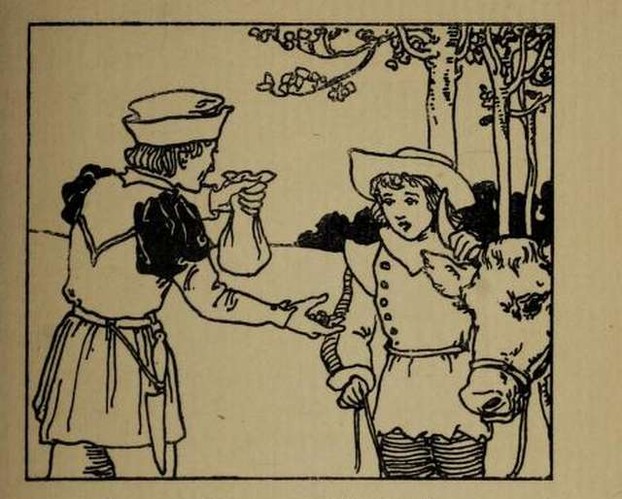
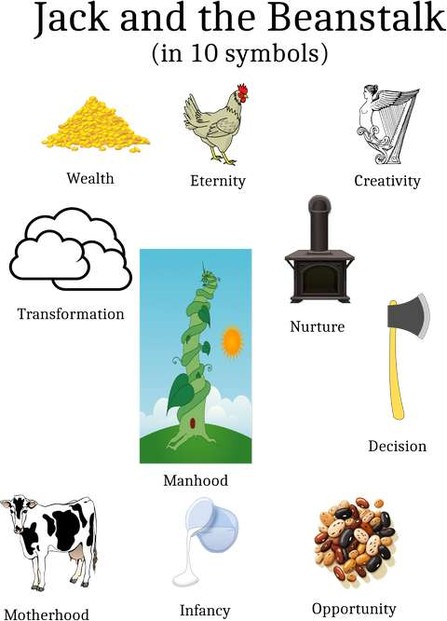
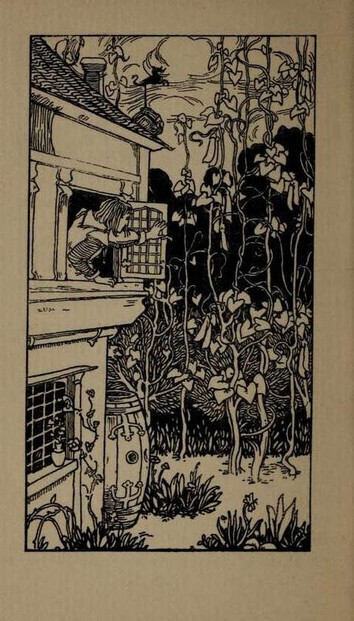
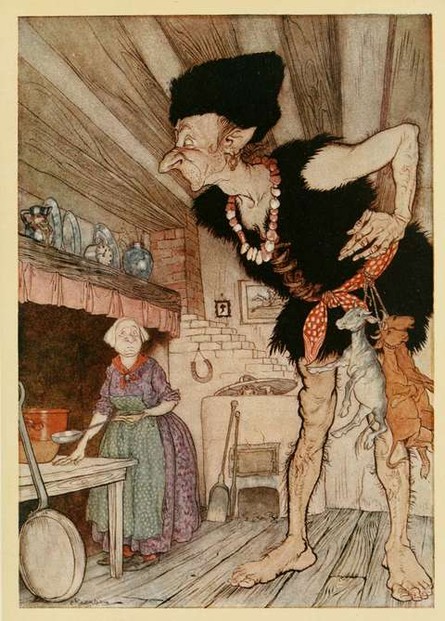
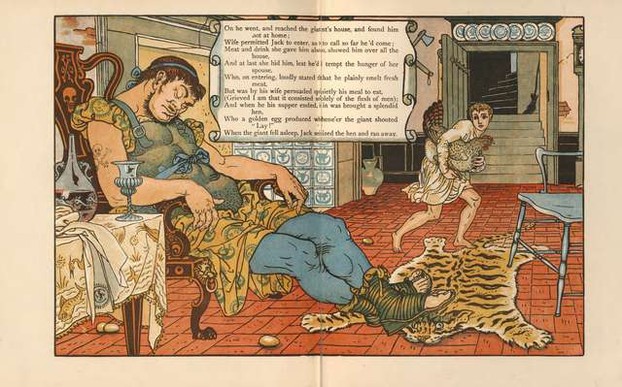
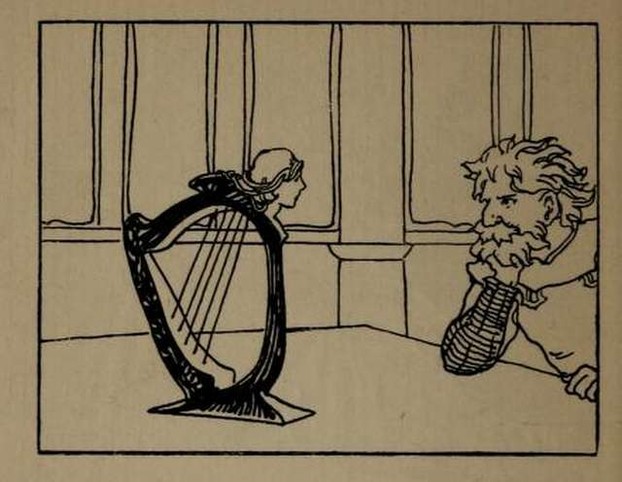
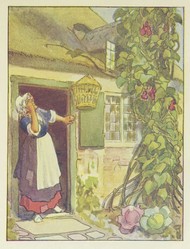

 Vintage Postcard Artists with 10 Examples of Easter Cardson 02/21/2025
Vintage Postcard Artists with 10 Examples of Easter Cardson 02/21/2025
 Valentine's Symbolson 01/23/2025
Valentine's Symbolson 01/23/2025
 Thanksgiving Symbolson 11/12/2024
Thanksgiving Symbolson 11/12/2024
 Famous Witches in Literary Historyon 10/06/2024
Famous Witches in Literary Historyon 10/06/2024
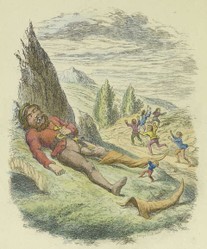
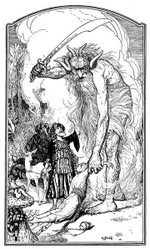
Comments
Anning Bell tried to present different expression for all his characters, giants included. Just like Jack in no all-good, the giant is not all-bad.
Thank you for your previous comment that "No, if you dig a bit in the history of harp. It's originally made of bow, so it connects different aspects. It can also connect giants and ordinary folk. Music is above that" in answer to my previous question.
Thank you likewise for the public-domain illustrations link.
In particular, the first, Robert Anning Bell link is informatively interesting, interestingly informative.
The Bell images leave us with a giant nastily scary in one illustration, worryingly determined in others. But might they perhaps muster up a less scarily nasty giant listening to his harp -- "music hath charms to soothe the savage" -- and trying to retrieve that evidently beloved possession?
This is the giant.
No, if you dig a bit in the history of harp. It's originally made of bow, so it connects different aspects. It can also connect giants and ordinary folk. Music is above that.
There are versions where Jack marries and have children. The 'original' stops before that.
Cow is definitely an ordinary animal and hen with golden eggs is definitely not. We don't know how long it will live but in the story it lays eggs on command - as many as its owner wish.
The last in-text image intrigues me.
Is the male character supposed to be Jack or the giant meditating on the singing harp?
Please accept my apologies for possibly two sets of identical comments and questions within minutes of one another. The computer acted at the last minute as if I asked my question signed out already.
The first sentence to the 9th symbol, Singing Harp, avows that "The harp is a symbol of art and a higher being."
The last sentence to that aforementioned symbol concludes that "Harp, as a representation of creativity, suggests he is ready to make something of his life."
Is it not perhaps contradictory that such a "celestial" and "heavenly" symbol is with someone inimical to such goodness and discouraging that such a celestial, heavenly symbol managed no modifications in the murderous giant?
(But perhaps that giant would have been unimaginably worse without the harp present?!?)
The 8th symbol, Hen with golden eggs, adds an interesting component to house-dwelling Jack and his mother.
That hen becomes another legacy for the possible children and the possible grandchildren to come.
Do we have any idea anywhere in oral and written traditions as to whether or not Jack marries and parents children and as to whether or not his mother lives long enough to nurture her grandchildren?
The 8th symbol, Hen with golden eggs, gets equated with Jack's and his mother's aging cow for golden "wealth and success" even as the former apparently has no shelf life.
Is the difference that the cow is earthly and the hen is magical?
Might the hen live as long as Jack and his mother or even longer?